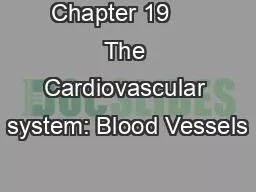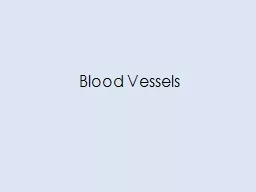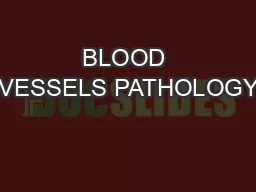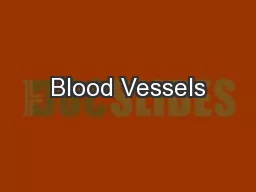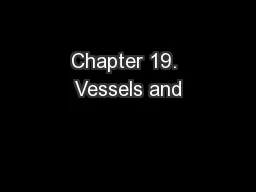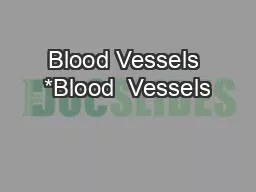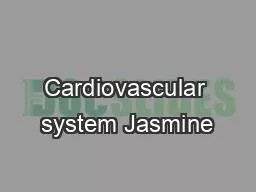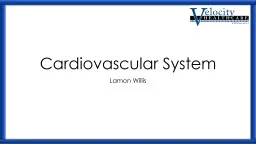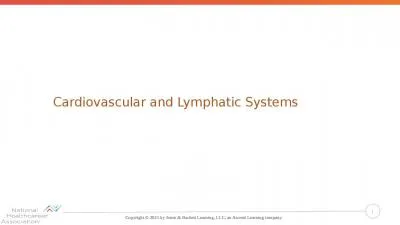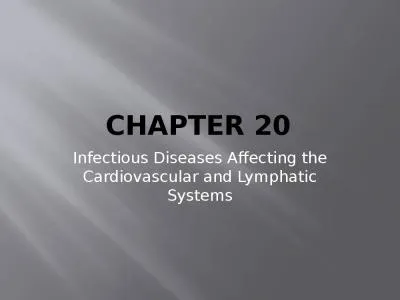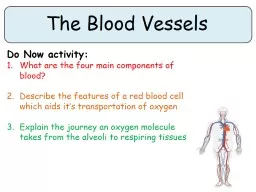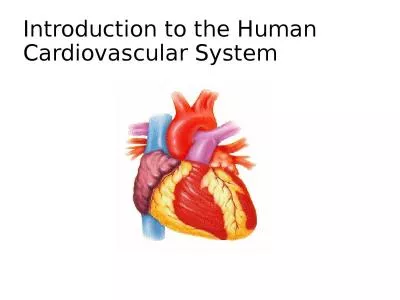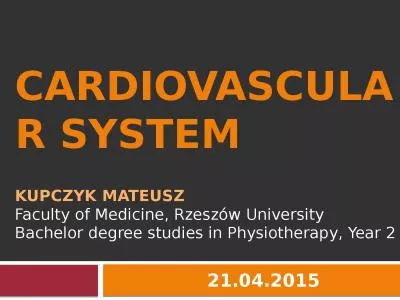PPT-Chapter 19 The Cardiovascular system: Blood Vessels
Author : mofferro | Published Date : 2020-06-23
Blood Vessels Delivery system of dynamic structures that begins and ends at the heart Arteries carry blood away from the heart oxygenated except for pulmonary circulation
Presentation Embed Code
Download Presentation
Download Presentation The PPT/PDF document "Chapter 19 The Cardiovascular system..." is the property of its rightful owner. Permission is granted to download and print the materials on this website for personal, non-commercial use only, and to display it on your personal computer provided you do not modify the materials and that you retain all copyright notices contained in the materials. By downloading content from our website, you accept the terms of this agreement.
Chapter 19 The Cardiovascular system: Blood Vessels: Transcript
Download Rules Of Document
"Chapter 19 The Cardiovascular system: Blood Vessels"The content belongs to its owner. You may download and print it for personal use, without modification, and keep all copyright notices. By downloading, you agree to these terms.
Related Documents

